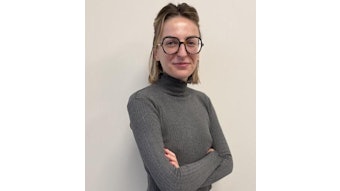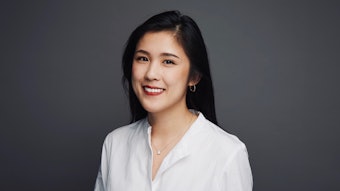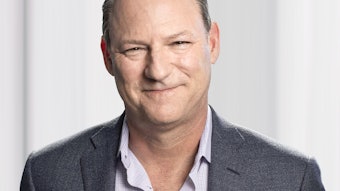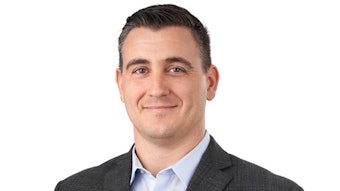
A native of The Bahamas, Tamare Sweeting began studying at the University of Toledo in 2012. She majored in cosmetic science and formulation design while minoring in chemistry and business administration. She graduated in spring 2015 Magna Cum Laude, and was recognized as class salutatorian. As an undergraduate student, Sweeting interned for ACT Solutions Corp., where she was assigned various projects. Her main project was conducting research on formulating a moisturizer for women of color.
C&T: Who are/were your mentors?
TS: Dr. Gabriella Baki at the University of Toledo and Mark Chandler at ACT Solutions Corp.
From Women of Color to Emulsion Technology
C&T: What interests do you have, or current work are you conducting, that relates to cosmetics?
TS: I’m currently working on a research project that I began last spring as part of my internship. The purpose of this project, as mentioned, is to formulate a w/o emulsion for women of color. I want this emulsion to have a thick and velvety skin feel that leaves skin moisturized. I want most of my ingredients to be oils and butters.
As a result of working with this project for a year, I have developed an interest in emulsion technology and what factors such as type of emulsifiers, concentrations of oils and butter as well as mixing methods contribute to a stable w/o emulsion.
C&T: What do you like most about your work? What do you like least?
TS: What I like most about my work is that it’s not mundane. There is always something new to do. What I like least is the uncertainty. Unfortunately, with research, there is no guarantee that you will produce the most effective product immediately. It sometimes takes a great deal of time and effort to make even the slightest progress.
C&T: What do you find most challenging about your work?
TS: The most challenging part of my research has been trying to figure out how and why certain parameters affect the stability of a w/o emulsions.
C&T: Give an example of an observation you’ve identified that has potential application in the cosmetics industry.
TS: An observation is the time necessary to mix the water and oil phases in a w/o emulsion. Through my research, I see that the stability of a w/o emulsion is affected by the time used to add the water phase to the oil phase. If the emulsion is kept at a stable temperature, it is better to add the water phase in a shorter timeframe with constantly timed drops.
Meeting Changing Consumer Needs
C&T: What about the cosmetics and personal care products industries excites you? How would you like your role in the industry to evolve?
TS: What excites me is the ability of the industry to grow and adapt to the needs of today’s consumers. These needs and wants aren’t the same as those in the past. Let’s take lipstick as an example. In the past, the ideal lipstick may have been a bright, ruby-red basic lipstick. However, with today’s consumers wanting more from their cosmetics, the industry has adapted.
Lipsticks are now offered in many shades. They can provide SPF protection. There are also different types such as long-lasting, matte or glossy. As a recent university graduate, I do not have a defined role in the industry. I would hope that my experience garnered from my research project can propel me into a role that focuses on emulsion formulation for women of color.
C&T: How is the industry helping to make this evolution happen?
TS: As we progress, the industry is catering more to African-American/Black women’s skin, hair and beauty care. Well-established companies are expanding by offering beauty lines that cater to women of color. In addition, newer companies are becoming established with a sole purpose to manufacture products for women of color. This expansion in the industry I feel could make it more likely for me to work with companies who focus on my area of interest.
Natural Preservatives and Men's Cosmetics
C&T: What areas or technologies do you think are untapped for cosmetics R&D?
TS: Preservatives over the years have gotten a bad reputation with consumers. With increasing demand for more “natural” preservatives, I feel it is in the best interest of the industry to invest more time in researching natural alternatives.
Preservatives that are naturally derived, such as from a plant, to me are not suitable for formulation. The plant may possess preservative properties, but also may have properties that prove dangerous to the consumer. I feel that by conducting more research on the components of these plant-derived preservatives, it may be possible to synthetically create a similar product, or at least be able to isolate and remove the dangerous components.
C&T: How do you envision the cosmetics/personal care industry of the future?
TS: In the future, I see more options for male personal care/cosmetics. More men are becoming conscious with what kind of products they use on their body. They want more options in terms of hair care as well as cosmetics, as many men use women’s cosmetics. However, I feel more men may be interested in cosmetics if they were marketed toward male consumers.










